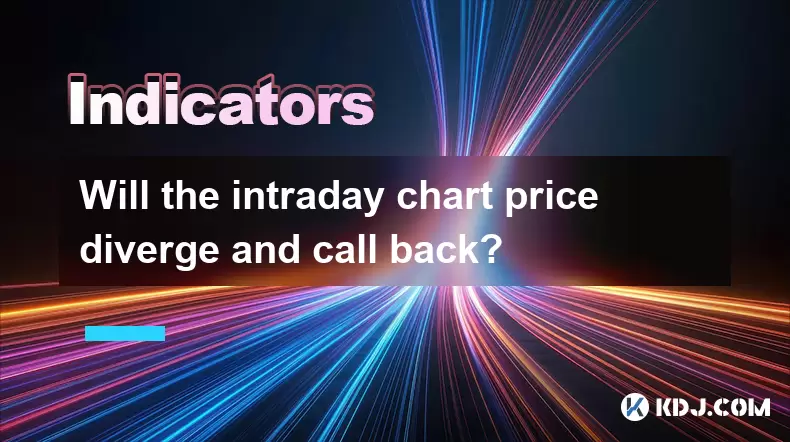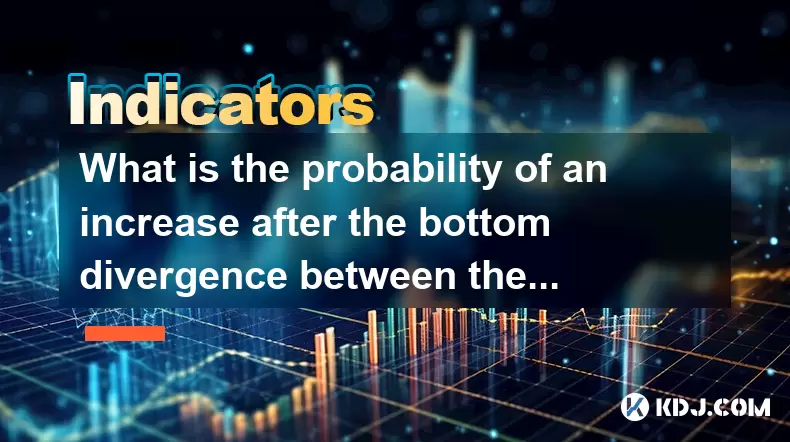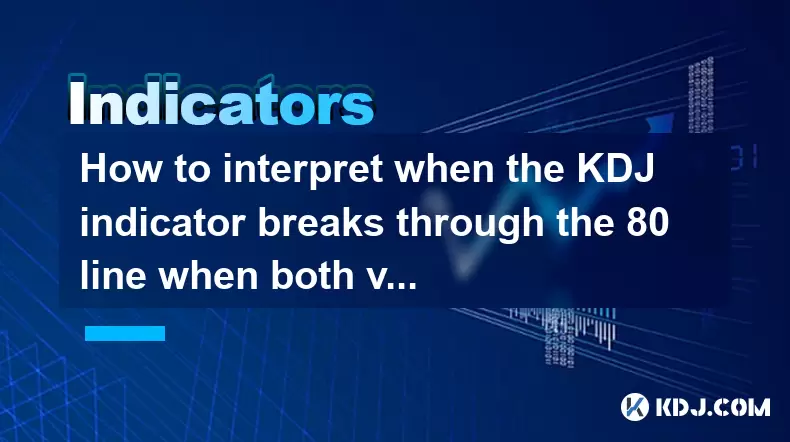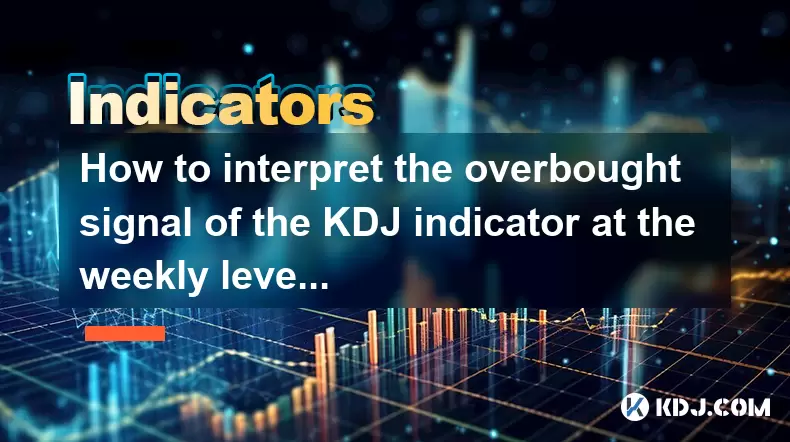-
 Bitcoin
Bitcoin $115100
-2.99% -
 Ethereum
Ethereum $3642
-1.38% -
 XRP
XRP $3.027
-5.51% -
 Tether USDt
Tether USDt $1.000
-0.05% -
 BNB
BNB $763.4
-1.32% -
 Solana
Solana $177.2
-5.42% -
 USDC
USDC $0.9999
-0.02% -
 Dogecoin
Dogecoin $0.2247
-6.47% -
 TRON
TRON $0.3135
0.23% -
 Cardano
Cardano $0.7824
-4.46% -
 Hyperliquid
Hyperliquid $42.53
-0.97% -
 Stellar
Stellar $0.4096
-6.09% -
 Sui
Sui $3.662
-2.61% -
 Chainlink
Chainlink $17.63
-3.57% -
 Bitcoin Cash
Bitcoin Cash $536.3
2.94% -
 Hedera
Hedera $0.2450
0.34% -
 Avalanche
Avalanche $23.23
-3.15% -
 Litecoin
Litecoin $112.2
-1.23% -
 UNUS SED LEO
UNUS SED LEO $8.976
-0.30% -
 Shiba Inu
Shiba Inu $0.00001341
-2.72% -
 Toncoin
Toncoin $3.101
-2.44% -
 Ethena USDe
Ethena USDe $1.001
-0.05% -
 Uniswap
Uniswap $10.08
-1.97% -
 Polkadot
Polkadot $3.938
-2.77% -
 Monero
Monero $323.9
0.87% -
 Dai
Dai $0.9999
-0.02% -
 Bitget Token
Bitget Token $4.481
-1.69% -
 Pepe
Pepe $0.00001199
-5.94% -
 Aave
Aave $288.2
-0.68% -
 Cronos
Cronos $0.1279
0.36%
Will the intraday chart price diverge and call back?
Price divergence in crypto trading signals weakening momentum when price and indicators like RSI move oppositely, often hinting at reversals—especially when confirmed by volume, support/resistance, and candlestick patterns.
Jul 25, 2025 at 12:50 am

Understanding Price Divergence in Intraday Cryptocurrency Trading
In cryptocurrency trading, price divergence occurs when the price of a digital asset moves in the opposite direction of a technical indicator, typically an oscillator such as the Relative Strength Index (RSI) or MACD (Moving Average Convergence Divergence). This phenomenon is closely monitored by intraday traders because it may signal a weakening trend or an upcoming reversal. For instance, if the price of Bitcoin makes a higher high while the RSI makes a lower high, this is known as bearish divergence, suggesting that upward momentum is fading. Conversely, if the price records a lower low but the RSI forms a higher low, this is bullish divergence, indicating that selling pressure is decreasing.
Traders interpret divergence as a potential warning sign that the current trend may not be sustainable. However, divergence alone does not guarantee a reversal. It merely suggests that momentum is shifting. In fast-moving crypto markets, especially during high volatility periods, divergence can persist for extended durations before any meaningful price correction occurs. Therefore, it's essential to combine divergence signals with other technical tools such as support and resistance levels, volume analysis, and candlestick patterns to increase the probability of accurate predictions.
How to Identify Divergence on Intraday Charts
To effectively detect divergence on intraday charts, traders must follow a systematic approach using charting platforms like TradingView or MetaTrader. The following steps outline the process:
- Open a 5-minute, 15-minute, or 1-hour chart of a cryptocurrency pair such as BTC/USDT.
- Apply the RSI (14-period) or MACD (12, 26, 9) indicator to the chart.
- Look for recent price highs or lows and compare them to the corresponding values on the oscillator.
- Draw trendlines connecting the peaks or troughs on both the price and the indicator.
- If the price makes a higher high but the indicator makes a lower high, mark it as bearish divergence.
- If the price makes a lower low but the indicator makes a higher low, identify it as bullish divergence.
It is crucial to ensure that the highs or lows being compared are aligned in time. Misalignment can lead to false signals. Additionally, divergence is more reliable when it occurs at overbought (RSI > 70) or oversold (RSI < 30) levels. For example, bearish divergence at an RSI above 70 carries more weight than one occurring at RSI 60.
Conditions That Trigger a Price Call-Back After Divergence
A call-back refers to a retracement or pullback in price following a divergence signal. This movement often brings the price back to test a prior support or resistance level, especially after an extended move. Several market conditions increase the likelihood of a call-back:
- High trading volume during divergence: A spike in volume coinciding with divergence strengthens the signal, suggesting institutional or algorithmic participation.
- Confluence with key technical levels: If divergence occurs near a well-established resistance (for bearish) or support (for bullish) zone, the probability of a pullback increases.
- Market structure shift: A break of a short-term trendline or moving average (e.g., 20-period EMA) after divergence adds confirmation.
- Timeframe alignment: Divergence appearing on multiple timeframes (e.g., 15-minute and 1-hour) enhances its reliability.
For example, if Ethereum shows bearish RSI divergence at $3,500 and simultaneously breaks below the 20-period EMA on the 15-minute chart with rising volume, a call-back toward $3,350 (a previous support level) becomes more probable.
Executing a Trade Based on Divergence and Call-Back
Traders can use divergence and the subsequent call-back to enter high-probability positions. Below is a detailed guide for setting up such a trade:
- Confirm divergence on the 15-minute chart using RSI.
- Wait for the price to begin reversing and break a short-term trendline.
- Monitor for a pullback toward a dynamic support, such as the 50-period SMA, or a horizontal support level.
- Enter a long position when the price shows reversal candlestick patterns (e.g., bullish engulfing, hammer) at the support zone.
- Place a stop-loss just below the recent swing low to limit risk.
- Set a take-profit level at the next resistance area or use a risk-reward ratio of at least 1:2.
For short entries, reverse the logic: enter after bearish divergence, wait for a rally (call-back) to resistance, and confirm with bearish candlesticks. Use stop-loss above the swing high and target lower support levels.
It is vital to avoid entering trades solely based on divergence. The actual call-back provides the confirmation needed to reduce false entries. Patience and discipline are required to wait for the price to return to a favorable risk-reward zone.
Common Pitfalls and Risk Management
Many traders misinterpret divergence as an immediate reversal signal, leading to premature entries. Divergence can persist for several candles without any significant price change, especially in strong trending markets. For example, Bitcoin may show bearish RSI divergence for hours during a bull run, only to continue higher. This scenario is known as hidden divergence, where the trend remains intact despite weakening momentum.
To mitigate risks:
- Avoid trading divergence in strong trending markets without additional confirmation.
- Use small position sizes when entering based on divergence.
- Combine divergence with order flow analysis or on-chain data (e.g., exchange inflows/outflows) for stronger context.
- Never ignore macro factors such as upcoming crypto events, exchange listings, or regulatory news, which can override technical signals.
Risk management is paramount. Even with a well-structured setup, losses can occur. Setting predefined stop-loss and take-profit levels ensures emotional decision-making is minimized.
Frequently Asked Questions
Can divergence occur on all cryptocurrency pairs?
Yes, divergence can appear on any crypto trading pair, including BTC/USDT, ETH/BTC, and SOL/USDT. The principle remains the same regardless of the asset, though effectiveness may vary based on liquidity and volatility.
Is divergence more reliable on higher timeframes?
Generally, divergence on the 1-hour or 4-hour charts carries more weight than on 5-minute charts due to reduced noise. However, intraday traders can still use lower timeframes if multiple confirmations align.
What is the difference between regular and hidden divergence?
Regular divergence signals potential reversals: bearish when price highs increase but indicator highs decrease; bullish when price lows decrease but indicator lows increase. Hidden divergence occurs within a trend and suggests continuation: bearish when price makes a higher low but the indicator makes a lower low; bullish when price makes a lower high but the indicator makes a higher high.
How long should I wait for a call-back after spotting divergence?
There is no fixed timeframe. Some call-backs occur within 3–5 candles, while others may take hours. Traders should monitor for price rejection at key levels or volume shifts rather than relying on time alone.
Disclaimer:info@kdj.com
The information provided is not trading advice. kdj.com does not assume any responsibility for any investments made based on the information provided in this article. Cryptocurrencies are highly volatile and it is highly recommended that you invest with caution after thorough research!
If you believe that the content used on this website infringes your copyright, please contact us immediately (info@kdj.com) and we will delete it promptly.
- TOKEN6900: The Next Big Meme Coin? Presale Heats Up!
- 2025-07-26 05:30:35
- ONDO Breakout Assessment: Whales, Wallets, and What's Next?
- 2025-07-26 05:30:35
- Kaspa's Strongest Month REVEALED: New Data Shocks KAS Traders!
- 2025-07-26 04:30:12
- Cross-Border Payments Revolution: Stablecoins and Payment Providers Leading the Charge
- 2025-07-26 04:50:12
- Crypto Losses: From ZIRP to Zero - How I Lost a Million Dollars (and What You Can Learn)
- 2025-07-26 04:30:12
- Strategy, Bitcoin, and Preferred Stock: A New York Minute on Saylor's Bold Bet
- 2025-07-26 04:50:12
Related knowledge

What does it mean when the price breaks through the 30-day moving average and is accompanied by a large volume?
Jul 26,2025 at 03:35am
Understanding the 30-Day Moving Average in Cryptocurrency TradingThe 30-day moving average (MA) is a widely used technical indicator in the cryptocurr...

What does it mean when the MACD bar turns from negative to positive?
Jul 26,2025 at 05:01am
Understanding the MACD Indicator in Cryptocurrency TradingThe Moving Average Convergence Divergence (MACD) is a widely used technical analysis tool in...

Does the golden cross of the KDJ three lines at the annual line level indicate a turning point in the big cycle?
Jul 26,2025 at 01:35am
Understanding the KDJ Indicator in Cryptocurrency TradingThe KDJ indicator is a momentum oscillator widely used in technical analysis, especially with...

What is the probability of an increase after the bottom divergence between the KDJ indicator and the trading volume?
Jul 26,2025 at 01:29am
Understanding KDJ Indicator and Its Role in Technical AnalysisThe KDJ indicator is a momentum oscillator widely used in cryptocurrency trading to iden...

How to interpret when the KDJ indicator breaks through the 80 line when both volume and price rise?
Jul 26,2025 at 12:47am
Understanding the KDJ Indicator and Its ComponentsThe KDJ indicator is a momentum oscillator widely used in technical analysis within the cryptocurren...

How to interpret the overbought signal of the KDJ indicator at the weekly level?
Jul 26,2025 at 04:09am
Understanding the KDJ Indicator at the Weekly LevelThe KDJ indicator is a momentum oscillator widely used in technical analysis to identify potential ...

What does it mean when the price breaks through the 30-day moving average and is accompanied by a large volume?
Jul 26,2025 at 03:35am
Understanding the 30-Day Moving Average in Cryptocurrency TradingThe 30-day moving average (MA) is a widely used technical indicator in the cryptocurr...

What does it mean when the MACD bar turns from negative to positive?
Jul 26,2025 at 05:01am
Understanding the MACD Indicator in Cryptocurrency TradingThe Moving Average Convergence Divergence (MACD) is a widely used technical analysis tool in...

Does the golden cross of the KDJ three lines at the annual line level indicate a turning point in the big cycle?
Jul 26,2025 at 01:35am
Understanding the KDJ Indicator in Cryptocurrency TradingThe KDJ indicator is a momentum oscillator widely used in technical analysis, especially with...

What is the probability of an increase after the bottom divergence between the KDJ indicator and the trading volume?
Jul 26,2025 at 01:29am
Understanding KDJ Indicator and Its Role in Technical AnalysisThe KDJ indicator is a momentum oscillator widely used in cryptocurrency trading to iden...

How to interpret when the KDJ indicator breaks through the 80 line when both volume and price rise?
Jul 26,2025 at 12:47am
Understanding the KDJ Indicator and Its ComponentsThe KDJ indicator is a momentum oscillator widely used in technical analysis within the cryptocurren...

How to interpret the overbought signal of the KDJ indicator at the weekly level?
Jul 26,2025 at 04:09am
Understanding the KDJ Indicator at the Weekly LevelThe KDJ indicator is a momentum oscillator widely used in technical analysis to identify potential ...
See all articles

























































































